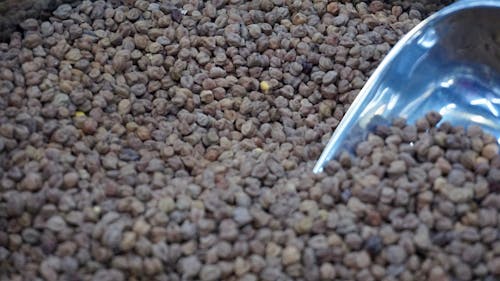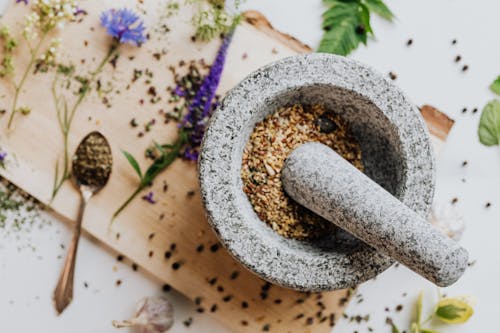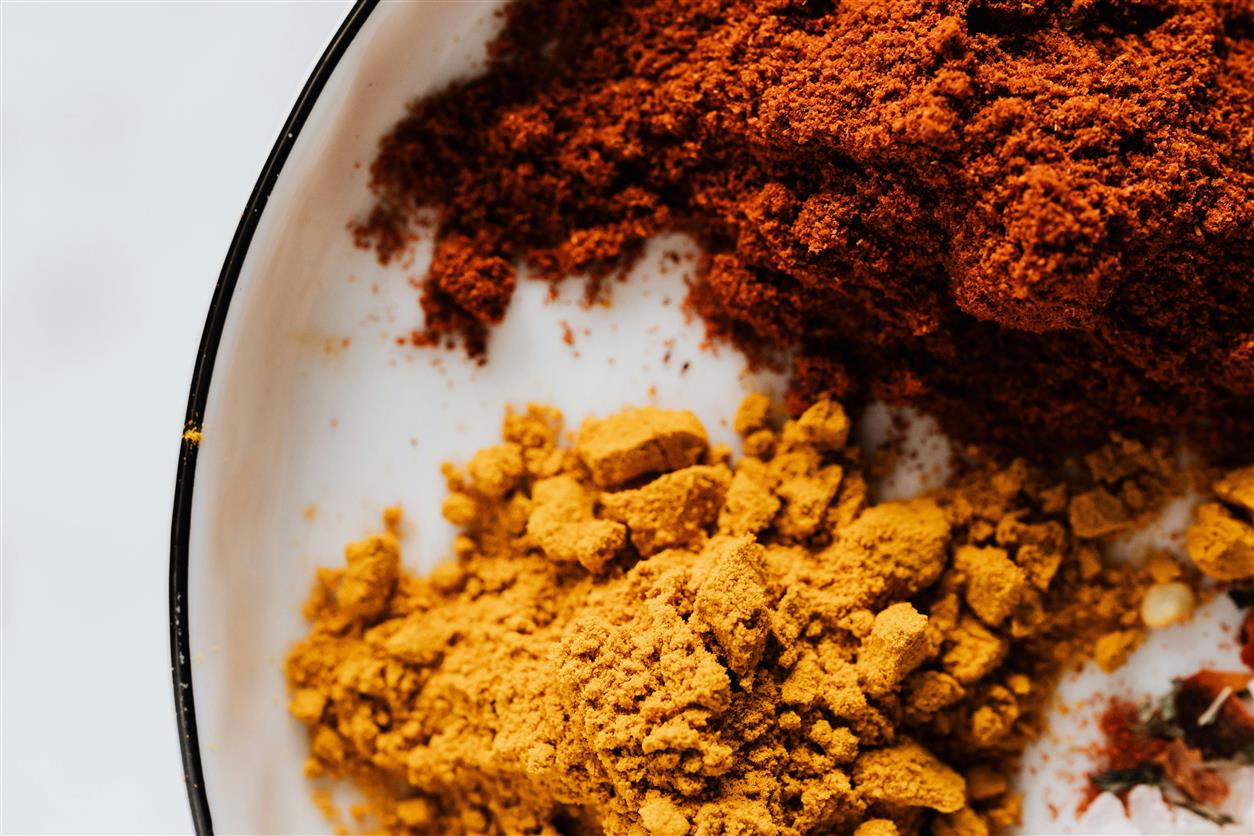
Spices have played a crucial role in the culinary arts for centuries, adding complexity, depth, and excitement to dishes. Their use transcends cultures and cuisines, making them essential components in the kitchen. Understanding how to use spices effectively can elevate your cooking from mundane to extraordinary. This essay explores the art of using spices to enhance flavors, offering tips and techniques to transform your cooking.
1. The Role of Spices in Cooking
1.1. Enhancing Flavors
Spices are potent flavor enhancers that can intensify and balance the taste of dishes. Unlike herbs, which are usually added for their fresh or dried leaves, spices are derived from seeds, roots, bark, and fruits, providing a range of aromatic and flavor profiles. For example, cumin adds a warm, earthy undertone, while cardamom brings a sweet, floral note. By incorporating these diverse spices into your cooking, you can achieve a well-rounded and vibrant flavor profile.
1.2. Aromatic Qualities
The aroma of spices plays a significant role in the overall sensory experience of food. The scent of spices like cinnamon, cloves, and star anise can evoke memories and create an inviting atmosphere around your meals. Aromatic spices can be used to build layers of fragrance that complement the flavors of your dishes. For instance, sautéing spices in oil before adding other ingredients releases their essential oils, which enhances the aroma and depth of the dish.
1.3. Health Benefits
Many spices offer health benefits beyond their culinary uses. For example, turmeric contains curcumin, known for its anti-inflammatory and antioxidant properties, while ginger can aid digestion and reduce nausea. Incorporating spices into your cooking not only enhances flavor but can also contribute to a healthier diet. However, it’s important to use spices in moderation and as part of a balanced diet to maximize their benefits.
2. Essential Spices and Their Uses
2.1. Black Pepper
Profile: Black pepper is one of the most commonly used spices worldwide, known for its pungent, slightly spicy flavor. It adds heat and depth to a wide range of dishes.
Uses: Black pepper can be used in virtually any savory dish, from soups and stews to meats and vegetables. Freshly ground black pepper enhances the flavor of salads, eggs, and pasta sauces. It is often used in combination with other spices to create complex flavor profiles.
2.2. Cumin
Profile: Cumin has a warm, earthy flavor with a hint of citrus. It is a key ingredient in many spice blends, including curry powder and taco seasoning.
Uses: Cumin is essential in Indian, Middle Eastern, and Mexican cuisines. It adds depth to chili, curry, and roasted meats. Toasting cumin seeds before grinding them can intensify their flavor and aroma.
2.3. Turmeric
Profile: Turmeric has a bright yellow color and a warm, slightly bitter flavor. It is often used in curries and as a natural coloring agent.
Uses: Turmeric is a staple in Indian cooking and can be added to rice dishes, soups, and stews. Its vibrant color can enhance the visual appeal of dishes, and it pairs well with other spices like cumin and coriander.
2.4. Paprika
Profile: Paprika ranges from sweet and mild to hot and smoky, depending on the type of peppers used. It adds color and flavor to dishes.
Uses: Paprika is commonly used in Hungarian, Spanish, and Mediterranean cuisines. It is excellent in spice rubs for meats, soups, and stews. Smoked paprika can add a smoky depth to dishes like paella and barbecue.
2.5. Cinnamon
Profile: Cinnamon has a sweet, warm flavor with hints of clove. It is used in both sweet and savory dishes.
Uses: Cinnamon is often added to baked goods, such as cookies and cakes, and can also enhance savory dishes like Moroccan tagines and spiced rice. Ground cinnamon is versatile, while cinnamon sticks are used to infuse flavor into soups and stews.
2.6. Coriander
Profile: Coriander seeds have a citrusy, slightly sweet flavor. The fresh leaves, known as cilantro, offer a bright, herbal taste.
Uses: Ground coriander is used in spice blends and can add a subtle, tangy flavor to curries, soups, and marinades. Coriander seeds can be toasted and ground for a more intense flavor.
2.7. Cardamom
Profile: Cardamom has a complex flavor with notes of citrus, spice, and floral undertones. It is used in both sweet and savory dishes.
Uses: Cardamom is a key ingredient in many Indian and Middle Eastern dishes, including biryani and spice blends. It is also used in baked goods and desserts, such as Swedish cardamom buns and Indian chai.
3. Techniques for Using Spices
3.1. Toasting Spices
Toasting spices can enhance their flavor and aroma by releasing their essential oils. To toast spices, heat them in a dry skillet over medium heat, stirring frequently until they become fragrant. Be cautious not to burn them, as this can create a bitter taste. Toasted spices can be ground and used in spice blends or added directly to dishes.
3.2. Grinding Spices
Freshly ground spices often have more intense flavors compared to pre-ground spices. Invest in a spice grinder or mortar and pestle to grind whole spices as needed. Grinding spices just before use can significantly enhance the flavor of your dishes. For spices like pepper and cumin, grinding them yourself ensures a fresher, more robust taste.
3.3. Creating Spice Blends
Spice blends can simplify the cooking process and provide a well-balanced flavor profile. Classic blends include garam masala, curry powder, and taco seasoning. To create your own blends, experiment with different ratios of spices to find a combination that suits your taste. Start with small batches and adjust as needed.
3.4. Using Spice Infusions
Infusing spices into liquids can impart flavor without overwhelming a dish. For example, you can infuse tea with cinnamon sticks or make a spiced syrup by simmering sugar with cloves and cardamom. Infusions can be used in cocktails, desserts, and sauces.
3.5. Balancing Flavors
When using spices, balance is key. Start with small amounts and taste as you go to ensure that no single spice overwhelms the dish. Combining spices can create complex flavor profiles, but be mindful of how each spice contributes to the overall taste. Pair spicy spices like chili powder with sweet spices like cinnamon to create depth and complexity.
4. Spices in Different Cuisines
4.1. Indian Cuisine
Indian cuisine is renowned for its use of spices, with dishes often featuring complex blends like garam masala and curry powder. Common spices include turmeric, cumin, coriander, and fenugreek. Spices are used in various cooking techniques, including tempering, where spices are briefly fried in oil to release their flavors before being added to dishes.
4.2. Mexican Cuisine
Mexican cuisine features spices such as chili powder, cumin, and paprika. These spices are used in dishes like tacos, enchiladas, and mole sauce. The use of dried chili peppers, such as ancho and guajillo, adds depth and heat to Mexican dishes.
4.3. Middle Eastern Cuisine
Middle Eastern cuisine incorporates spices like cardamom, cinnamon, and sumac. Dishes such as kebabs, pilafs, and stews benefit from spice blends like baharat and za’atar. The combination of spices in Middle Eastern cuisine often creates aromatic and flavorful dishes.
4.4. Thai Cuisine
Thai cuisine is known for its balance of sweet, sour, salty, and spicy flavors. Spices such as lemongrass, kaffir lime leaves, and galangal are used in combination with chili peppers and Thai basil. The use of spices in Thai cooking creates vibrant and complex flavor profiles.

5. Conclusion
Spices are essential components in the art of cooking, capable of transforming simple ingredients into extraordinary dishes. Understanding the role of spices, mastering techniques like toasting and grinding, and exploring their use in various cuisines can elevate your culinary creations. By experimenting with different spices and blends, you can create unique and flavorful dishes that reflect your personal taste and creativity. Whether you’re adding a pinch of cinnamon to a dessert or crafting a complex spice blend for a savory dish, spices offer endless possibilities for enhancing your cooking. Embrace the world of spices and let them inspire your culinary adventures.










